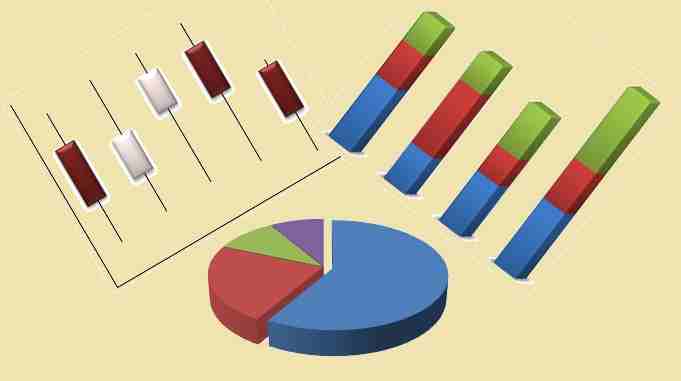
Introduction of Average
In this article, we discuss the Definition of Average & Types of Averages.
One of the most essential goals of statistical analysis is to obtain a single number that describes the characteristic of the entire mass of complex data. Such a number is called the variable’s expected value, ‘average‘, or central value. In everyday conversation, the word “average” is frequently employed. For instance, we frequently discuss topics like the average boy in a class, the average height or life expectancy of an Indian, the average wealth, the average income, etc. When we say ‘he is an average student’ what it means is that he is neither a very good student nor a very bad student; rather, he is just a mediocre type of student. However, the word “average” has a different connotation in the field of statistics.
Definition of Average
The word ‘average’ has been defined by various authors. Some important definitions are given below:
♦ According to Clark,
“Average is an attempt to find one single figure to describe the whole of figures.”
♦ According to Leabo,
“The average is sometimes described as a number which is typical of the whole group.”
♦ According to Ya-Lun-Chou,
“An average is a typical value in the sense that it is sometimes employed to represent all the individual values in a series or of a variable.”
♦ According to A. E. Waugh,
“An average is a single value selected from a group of values to represent them in some way – a value which is supposed to stand for the whole group, of which it is a part, as typical of all the values in the group.”
♦ According to Croxton & Cowden,
“An average value is a single value within the range of the data that is used to represent all of the values in the series. Since an average is somewhere within the range of the data, it is also called a measure of central value.”
It is clear from the above definitions that an average is a single value that represents a group of values. Such a value is of great significance because it depicts the characteristic of the whole group. Since an average represents the entire data, its value lies somewhere in between the two extremes, i.e., the largest and the smallest items. For this reason, an average is frequently referred to as a measure of central tendency.
The definitions given above make it obvious that “an average is a single value that represents a group of values”. Because it represents the characteristic of the whole group, this value is extremely important. An average’s value lies somewhere in between the two extremes, i.e., the largest and the smallest items, because it represents the entire data. An average is frequently referred to as a measure of central tendency because of this.
Read Also – Difference between correlation and causation
Types of Averages
The following are the important types of averages:
1 – Arithmetic Mean: (i) Simple, and (ii) Weighted
2 – Median
3 – Mode
4 – Geometric Mean
5 – Harmonic Mean
Apart from these, there are less important averages such as moving averages, progressive averages, and so on. These averages have a very limited field of application and are, therefore, not so popular.
Read Also – Time Series Analysis in Statistics
(Source – Various Books from College Library)
Copyrighted Material © 2019 - 2024 Prinsli.com - All rights reserved
All content on this website is copyrighted. It is prohibited to copy, publish or distribute the content and images of this website through any website, book, newspaper, software, videos, YouTube Channel or any other medium without written permission. You are not authorized to alter, obscure or remove any proprietary information, copyright or logo from this Website in any way. If any of these rules are violated, it will be strongly protested and legal action will be taken.





Be the first to comment